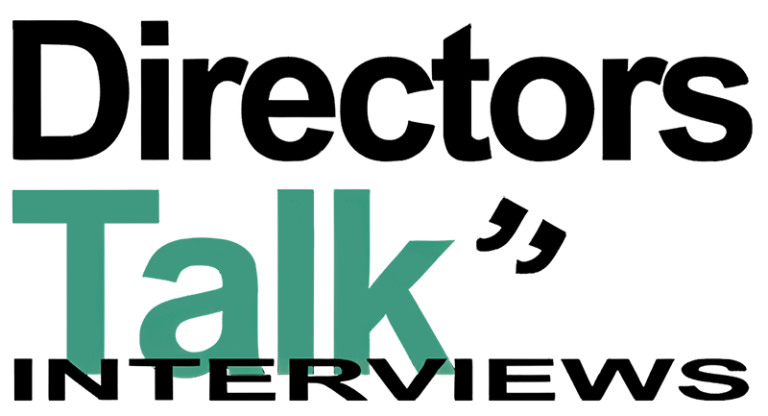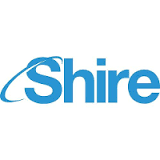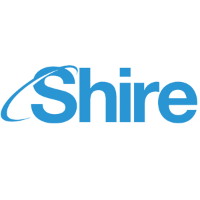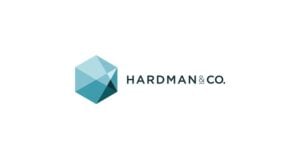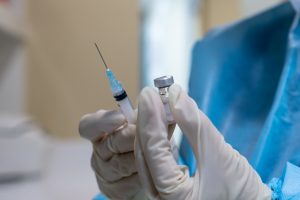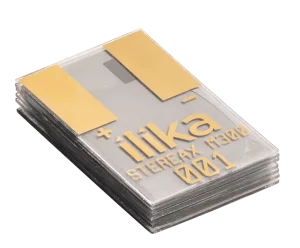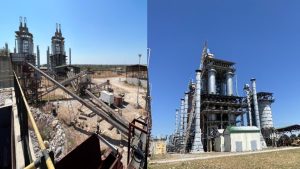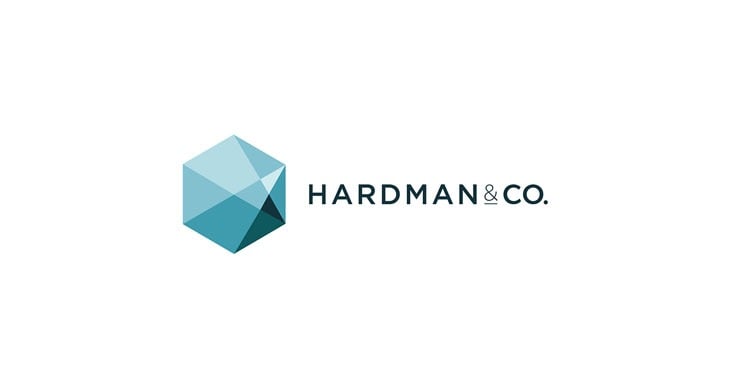Shire PLC (LON:SHP) has today announced the approval of label expansion of Cinryze.
CINRYZE is the first and only therapy indicated in the U.S. to help prevent angioedema attacks in pediatric patients with hereditary angioedema (HAE) as young as 6
Shire is the only drug developer to complete a pediatric study for the prophylactic treatment of HAE
HAE is a rare, genetic disorder that causes debilitating, painful and sometimes life-threatening swelling in the body
Dublin, Ireland – Thursday, June 21, 2018 – Shire plc (LSE: SHP, NASDAQ: SHPG), the leading global biotechnology company focused on rare diseases, today announced that the U.S. Food and Drug Administration (FDA) has approved a label expansion for CINRYZE® (C1 esterase inhibitor [human]), making it available to help prevent angioedema attacks in children aged 6 years and older with hereditary angioedema (HAE). CINRYZE has been approved in the U.S. since October 2008 for routine prophylaxis against attacks in adolescents and adults living with HAE.[1]
HAE is a rare, genetic disorder estimated to affect about 1 in 10,000 to 1 in 50,000 people worldwide.[2],[3] The condition results in recurring attacks of edema (swelling) in various parts of the body, including the abdomen, face, feet, genitals, hands and throat that can be can debilitating and painful.2,[4],[5] Attacks that obstruct the airways (laryngeal attacks) are potentially life-threatening due to the risk of asphyxiation.2,4,5
Andreas Busch, Ph.D., Executive Vice President, Head of Research and Development at Shire said: “Symptoms of HAE often present in childhood with the average child experiencing their first HAE attack around the age of 10.[6] With the FDA label expansion of CINRYZE, children as young as 6 years old living with HAE now have the first FDA approved treatment option available to help prevent attacks.”
The approval was based on data from a dedicated Phase 3 multicenter single-blind study (0624-301) that evaluated the use of CINRYZE in 12 patients living with HAE aged 7 to 11. Compared to the baseline observational period, the mean reduction in the normalized number of attacks for CINRYZE 500 U and CINRYZE 1,000 U was 71.1% and 84.5%, respectively. Both doses lessened the severity of attacks and reduced the use of acute treatment compared to baseline. The adverse reactions were headache, nausea, pyrexia (fever), and infusion site erythema (redness of the skin). None of these adverse reactions were severe, and none led to discontinuation (n=12, ages 7-11).1
Anthony Castaldo, President of the U.S. Hereditary Angioedema Association said: “This news is exciting for the HAE community because those living with HAE who are as young as 6 have a new option to help prevent attacks,”
In March 2017, CINRYZE was granted European Commission (EC) approval for the label expansion granting three new indications, including routine prevention of angioedema attacks in children (ages 6 years and above) with severe and recurrent attacks of HAE.[7]
About the CINRYZE Pediatric Study
Study 0624-301 was a Phase 3 multicenter, single-blind study that enrolled 12 patients aged 7 to 11 with HAE who were required to have an average of greater than or equal to1.0 angioedema attacks per month that were moderate, severe, or required acute treatment during the 12-week baseline observation period. Patients received 500 U and 1000 U of CINRYZE every 3-4 days for 12 weeks. The primary efficacy endpoint was the monthly-normalized number of attacks.
Overall the safety and tolerability of CINRYZE has been shown to be similar in clinical studies of pediatric, adolescent and adult patients with HAE.
About CINRYZE
CINRYZE is currently approved for routine prophylaxis against angioedema attacks in children aged 6 years and older, adolescent and adult patients with HAE. The active substance in CINRYZE is C1-Esterase Inhibitor (C1-INH), which raises plasma levels of C1-INH in patients with HAE, who are prone to swelling due to an underlying deficiency in C1-INH. Treatment with C1-INH addresses the underlying cause of HAE by replacing the deficient protein and helps regulate the production of bradykinin released during an attack. CINRYZE was the first C1-INH proven to help prevent swelling attacks in those living with HAE.1
In Europe, CINRYZE is the first and only C1-Esterase Inhibitor (C1-INH) therapy approved for routine prevention in children, adolescents, and adults with HAE. CINRYZE is also approved for acute treatment and pre-procedure prevention of angioedema attacks.

